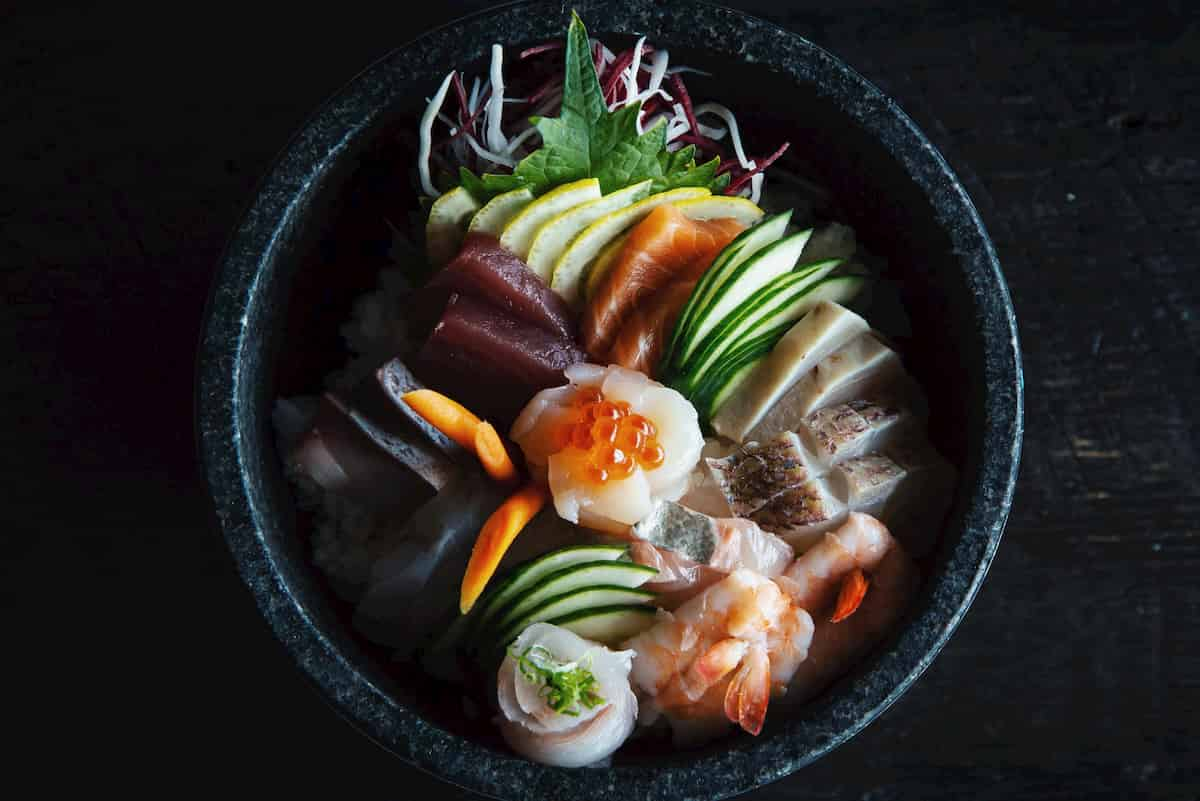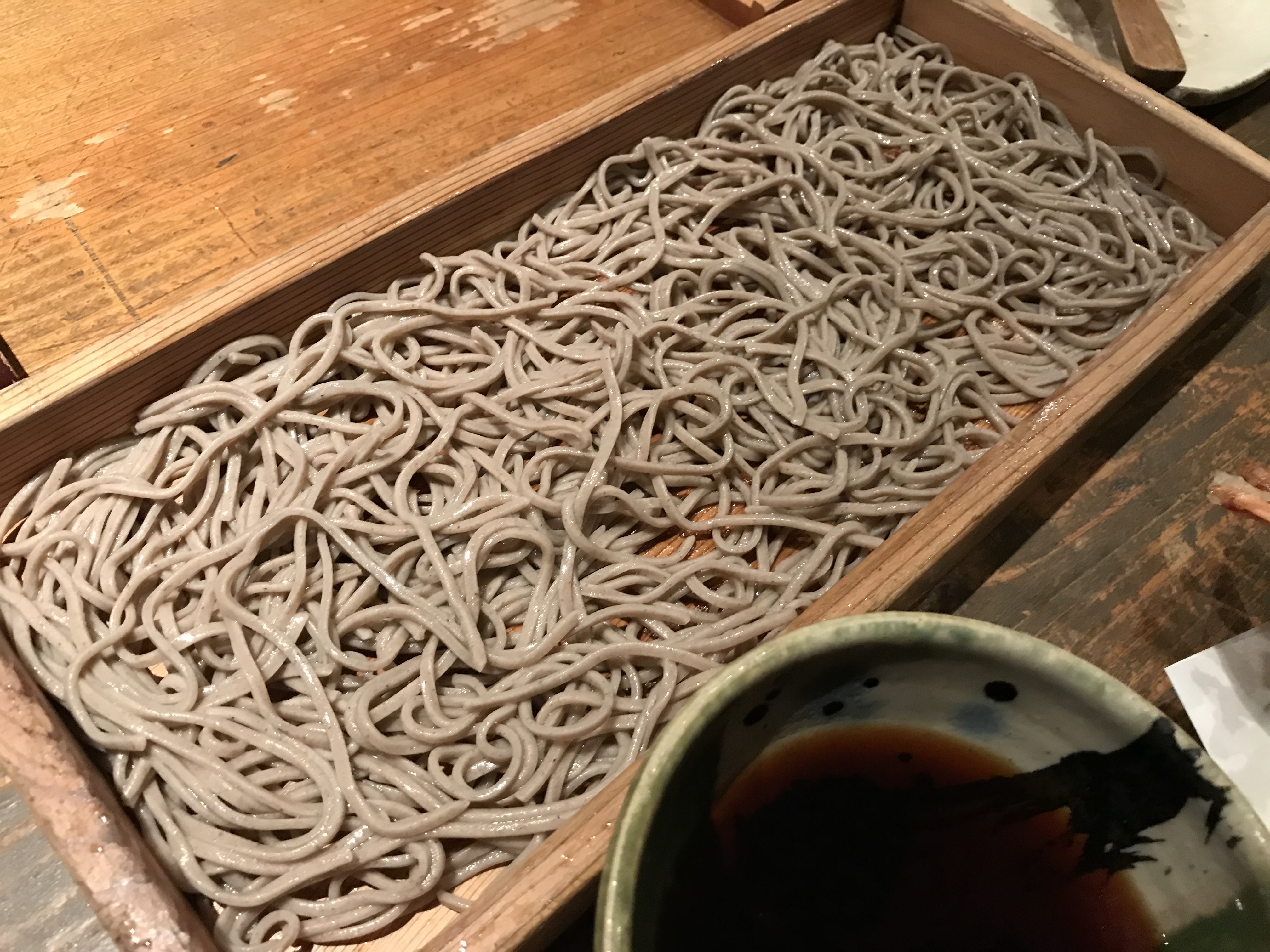Food

In the Food section, we will introduce a variety of kinds of Japanese food.
There are actually two different types of Japanese food: nihonshoku and washoku. Ramen, sushi, tempura, sukiyaki, okonomiyaki, and other dishes many people are familiar with are categorized as nihonshoku. Many of these were introduced to Japan by foreign cultures and adapted to Japanese tastes, but not all—some originally Japanese dishes are also included in nihonshoku.
In contrast to nihonshoku is washoku. In December 2013, washoku was registered as an Important Intangible Folk Cultural Property by UNESCO and has the following four characteristics:
- Regard for diverse fresh ingredients and their tastes
- Nutritional balance that supports healthy eating habits
- Representation of nature’s beauty and the changing of seasons
- Close relation with annual events such as the New Year
Besides having a healthy nutritional balance, washoku includes the following traditions: eating osechi foods on New Year’s Day, sharing kaiseki dishes with guests, and eating buckwheat noodles on New Year’s Eve to wish for health and longevity. Essentially, washoku consists of healthy foods linked to traditional Japanese cuisine, which is a must-try for those who want an authentic Japanese experience.
Special ingredients are essential to both nihonshoku and washoku. There are 47 prefectures in Japan, and each has specialty foodstuffs unique to the area. Furthermore, the ingredients used in nihonshoku and washoku differ based on the seasons. Just as chefs anywhere pay close attention to their own cooking and try to preserve and develop its taste, people who make Japanese foods take great pride in their dishes. Sometimes a particular dish will be completely different from place to place since the types of ingredients that can be harvested differs from region to region. Even if the same ingredients are used, there are a multitude of different ways to cook and eat each dish. Even for foods found all over the nation, such as oseshi, the ingredients and presentation may alter depending on the region.
Read on to learn more about a variety of dishes, including their backgrounds, traditions, and some trivia. We hope you can try as many delicious Japanese foods, both traditional and Western-inspired, as you can!
1 results
